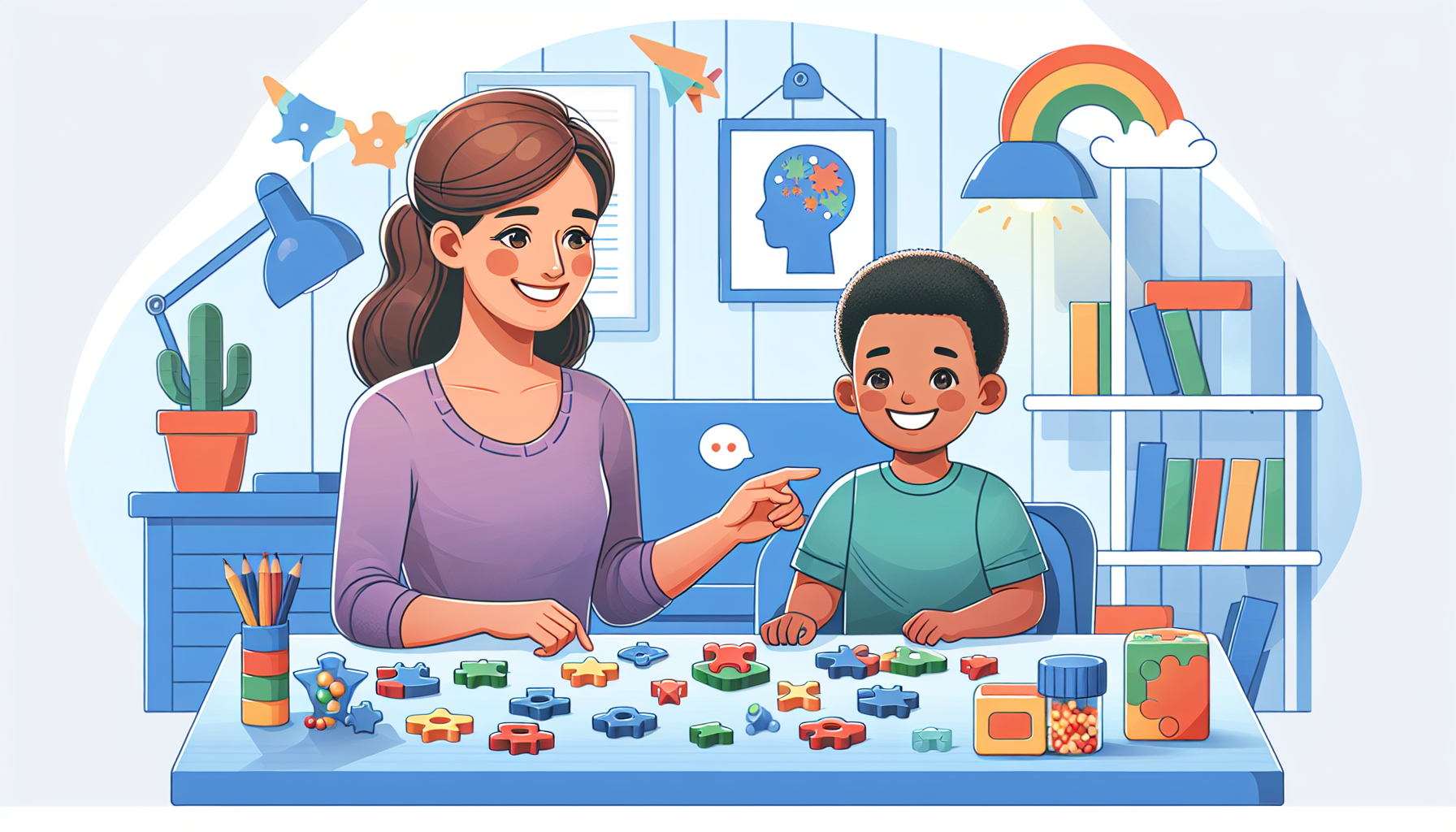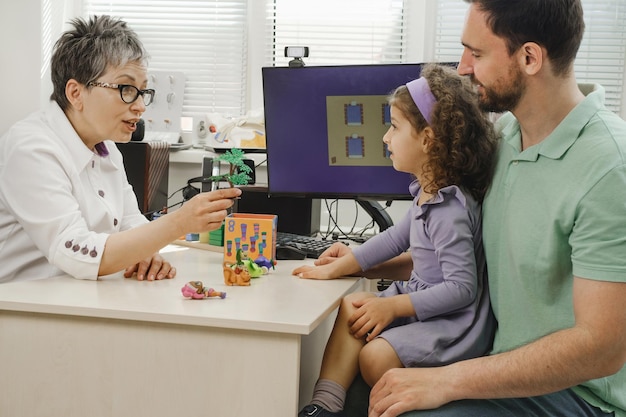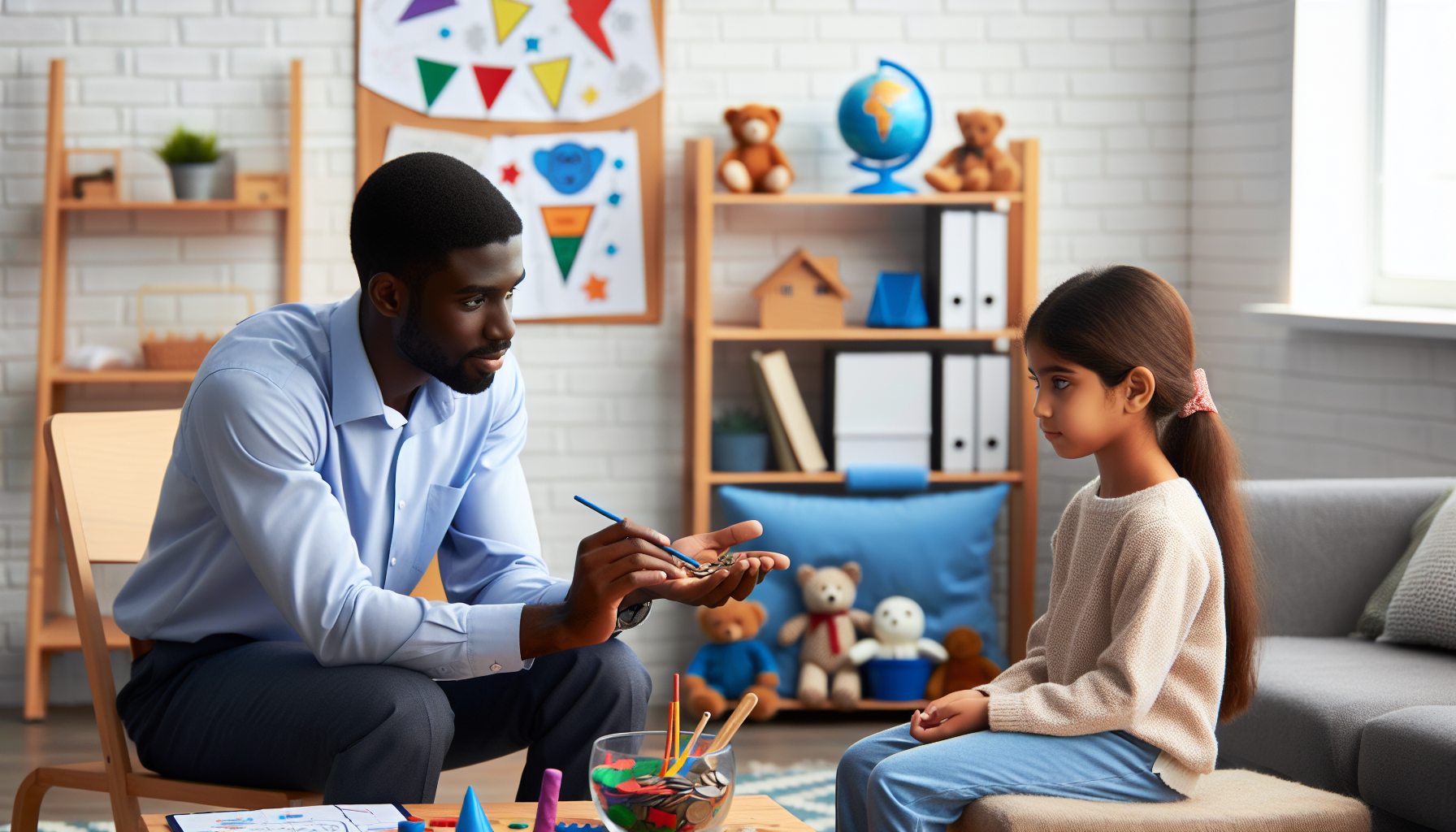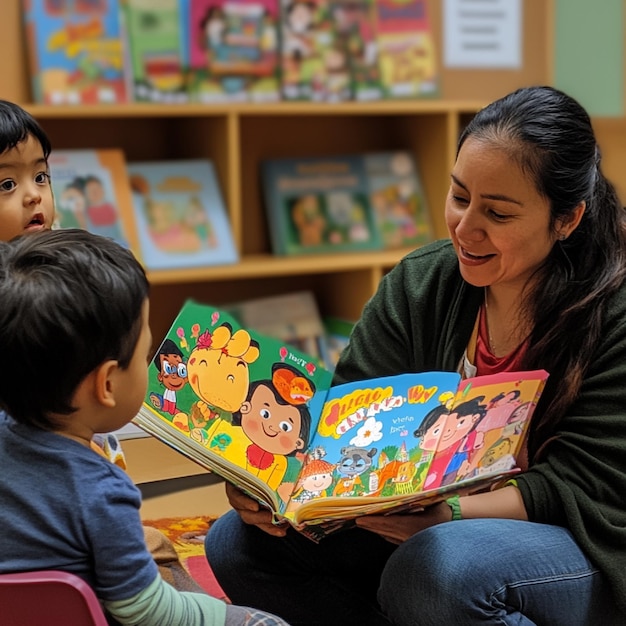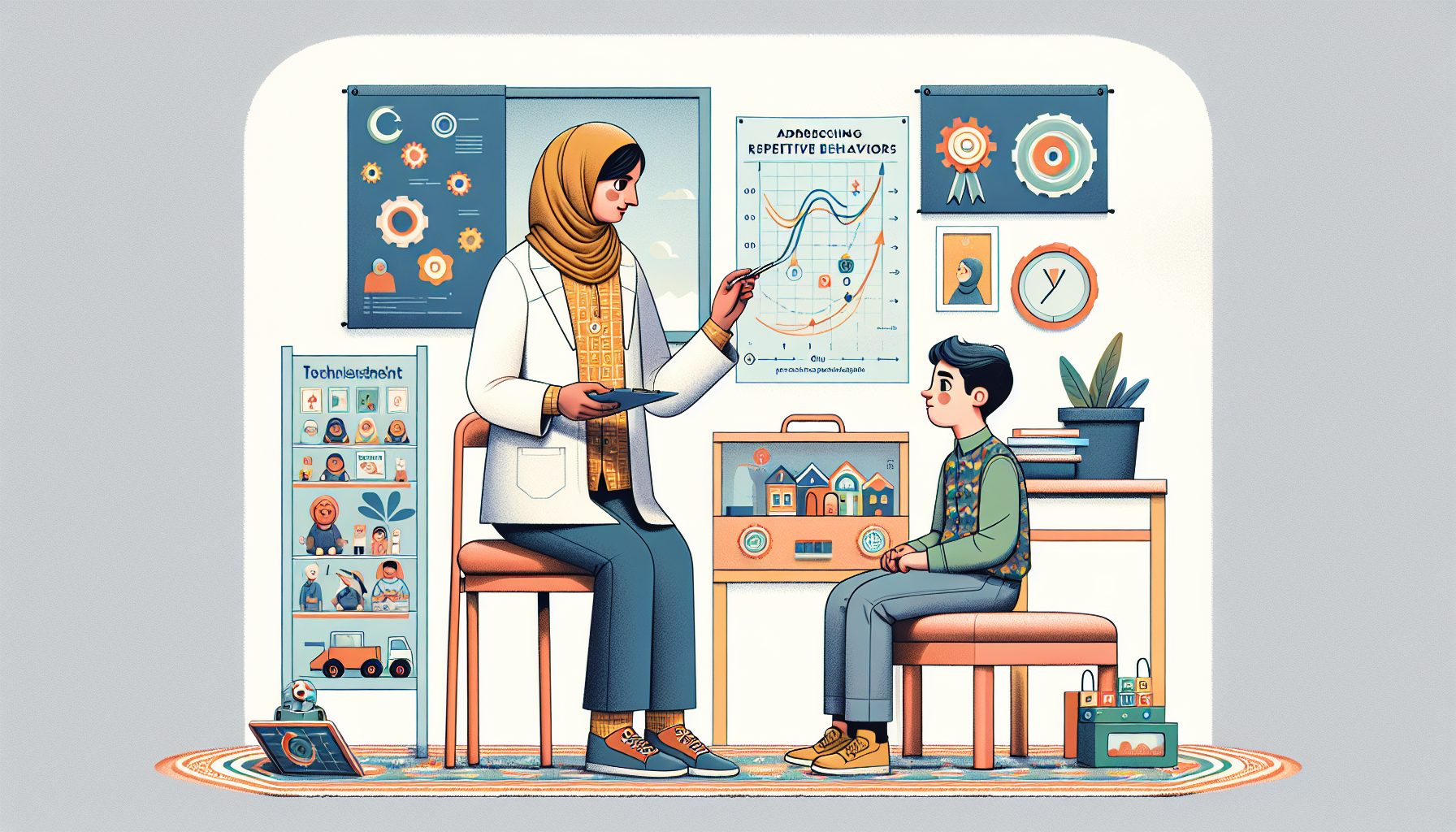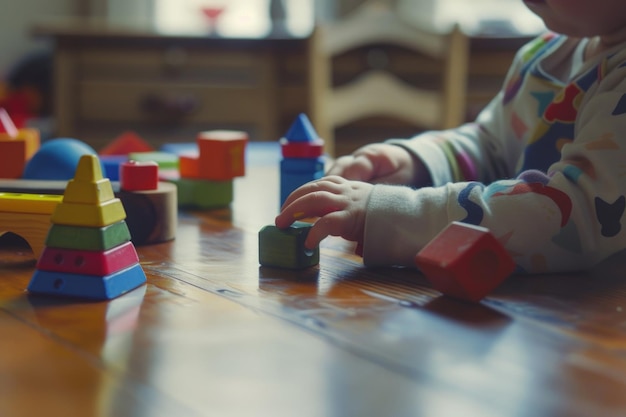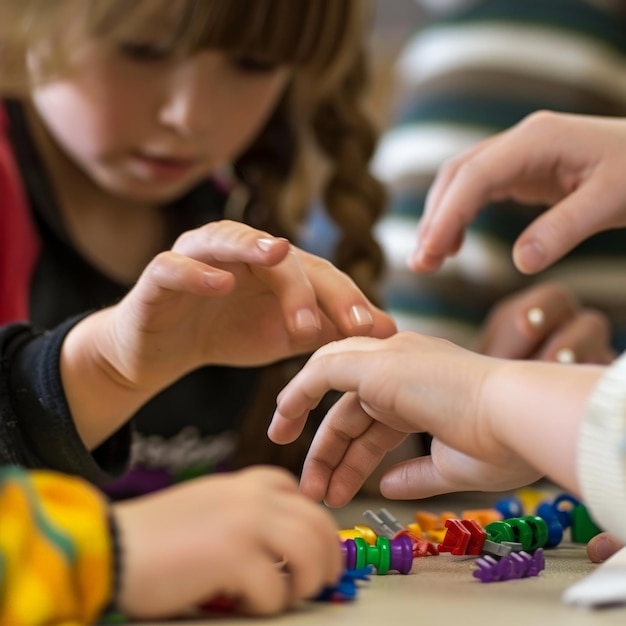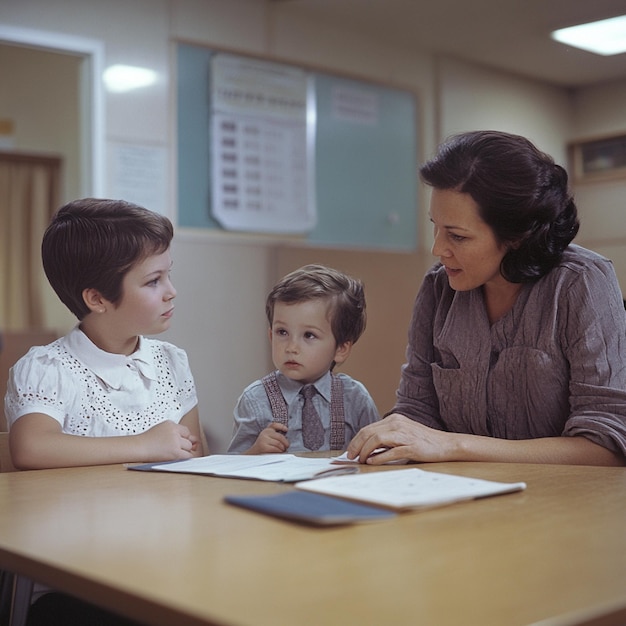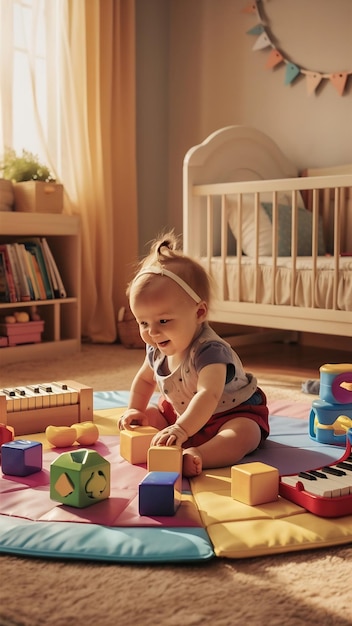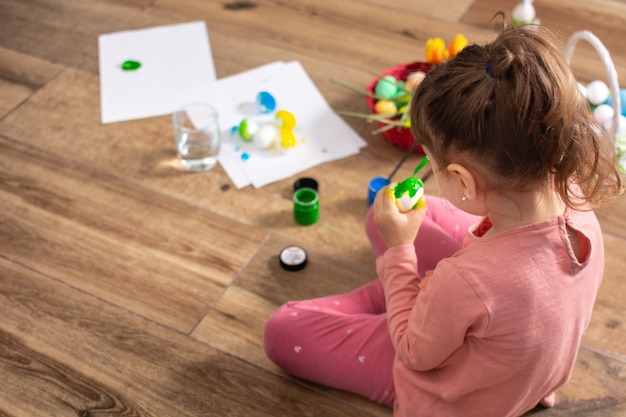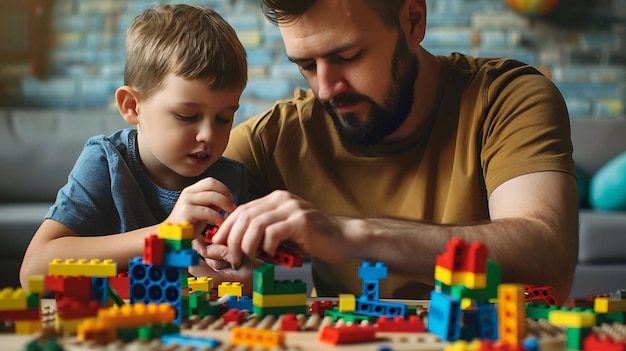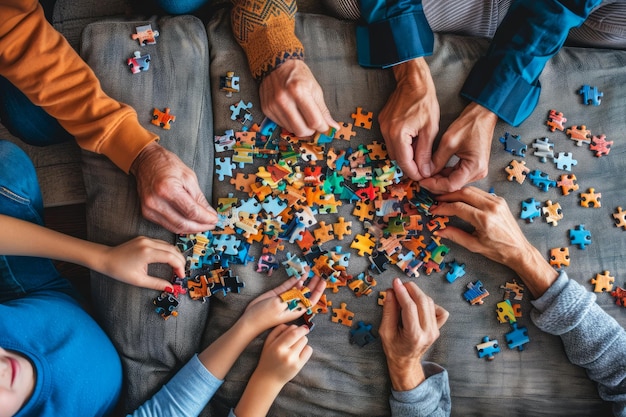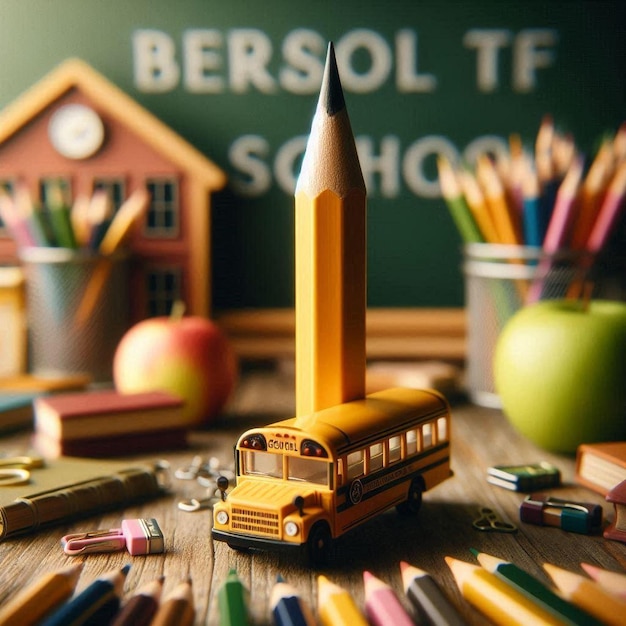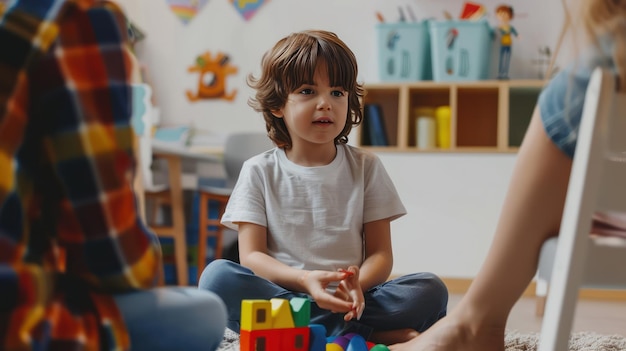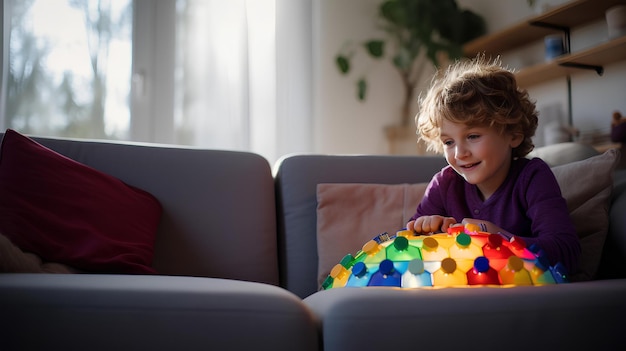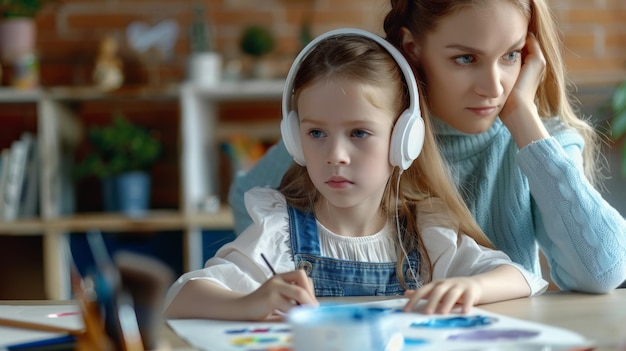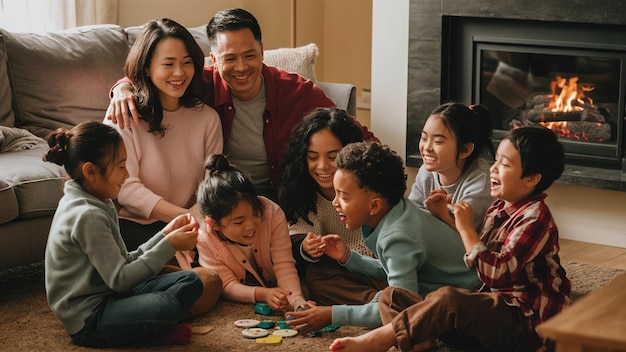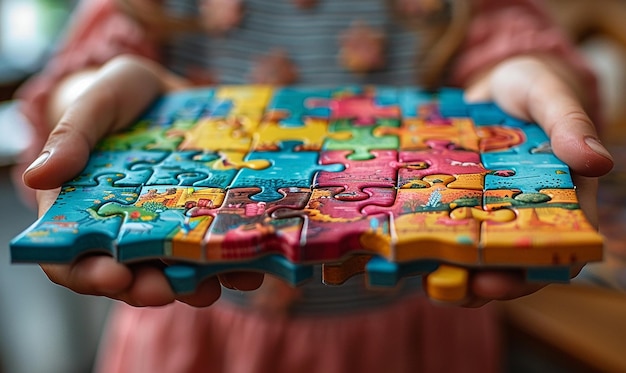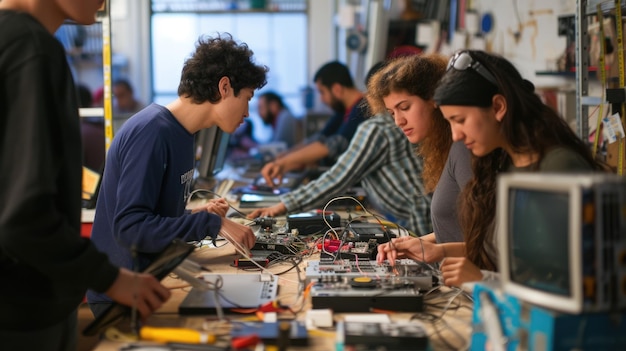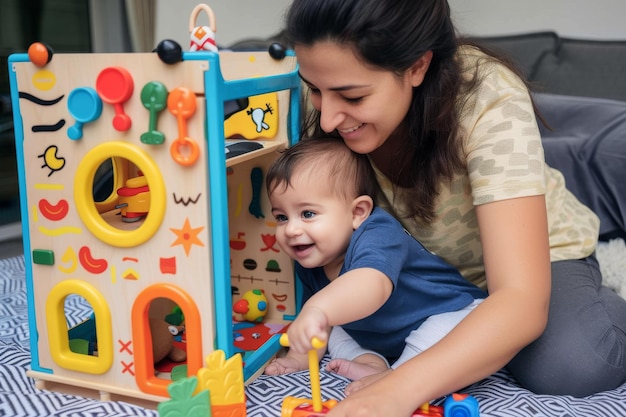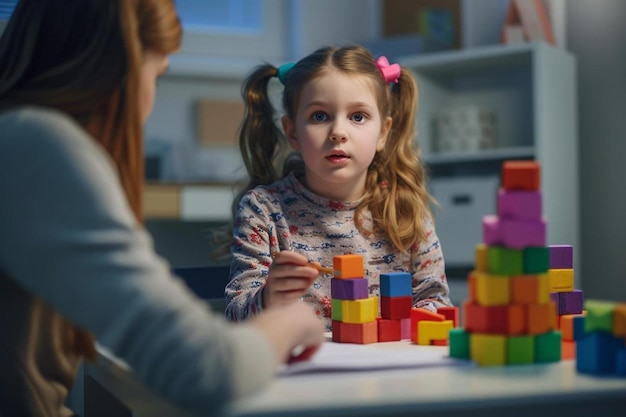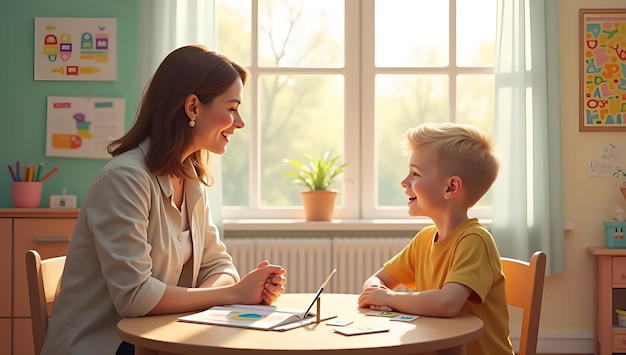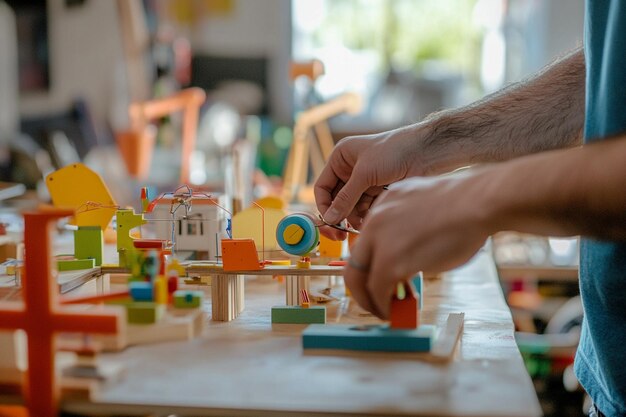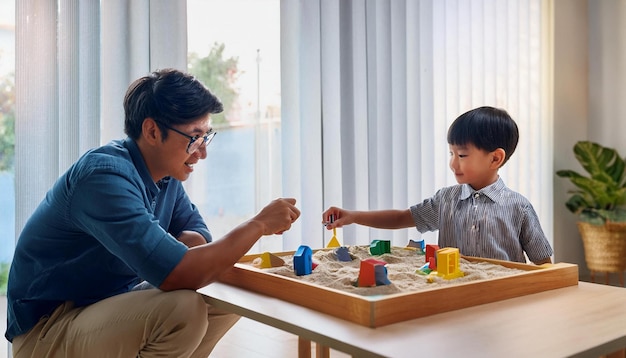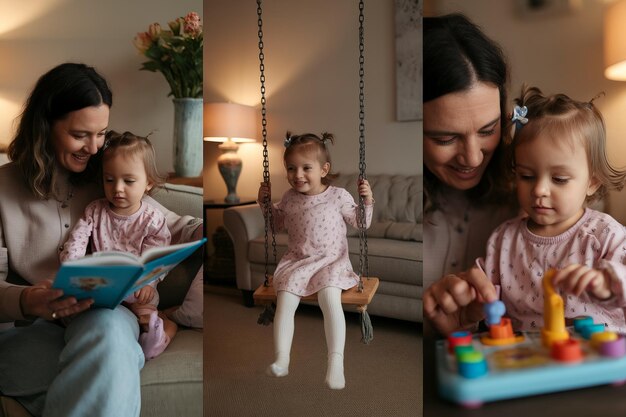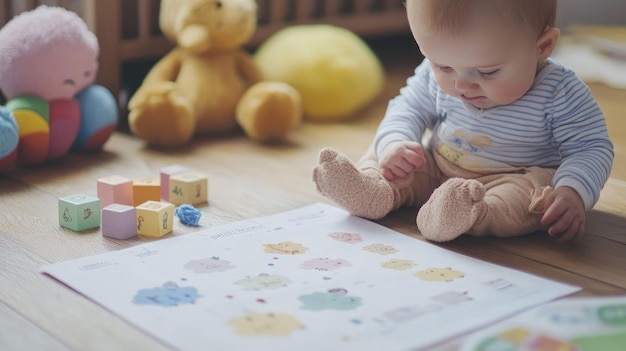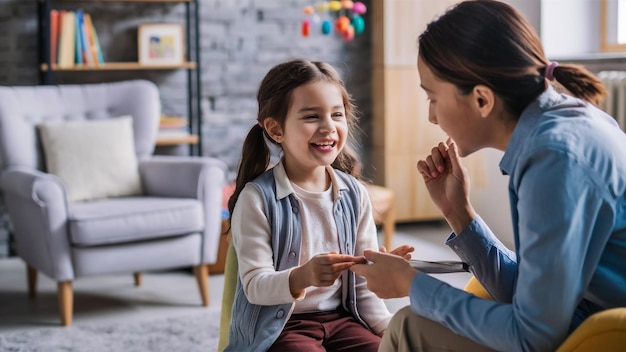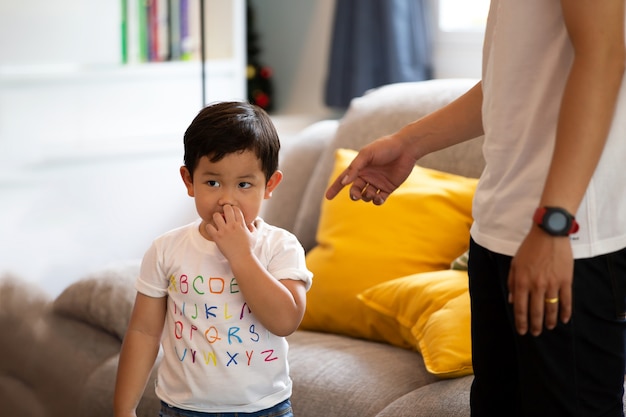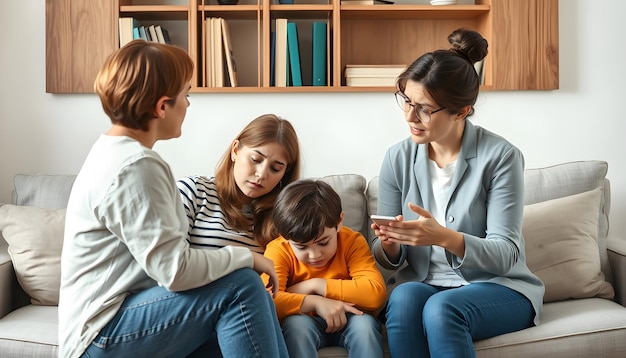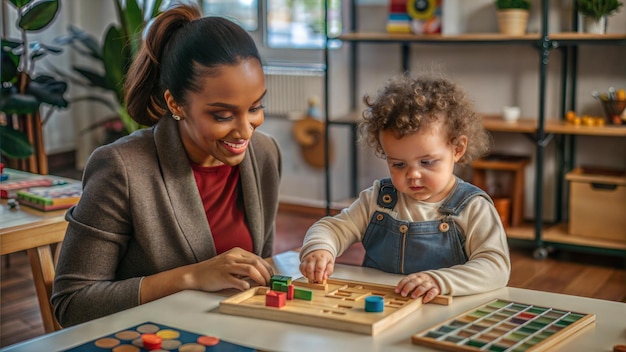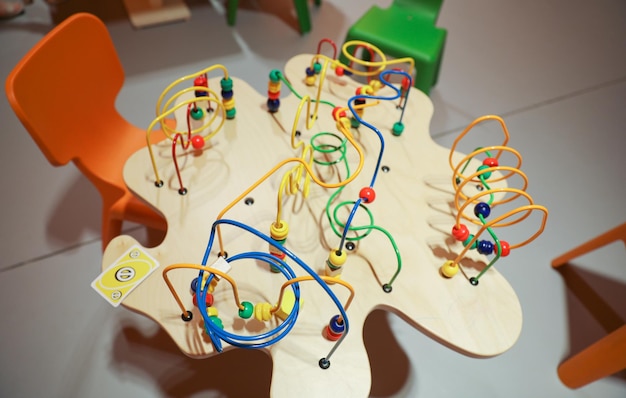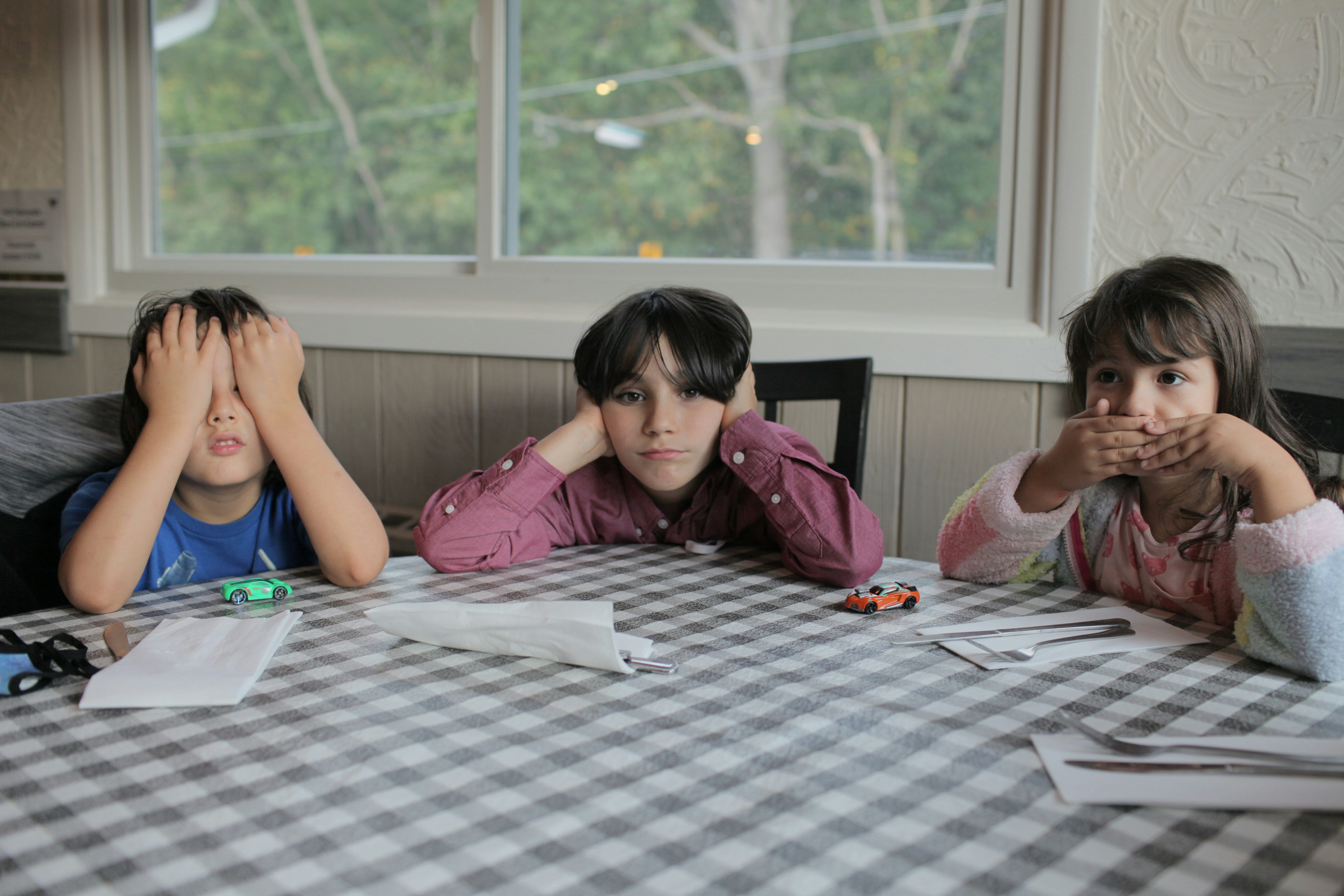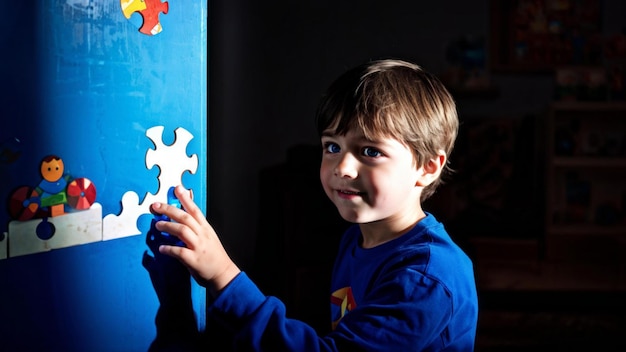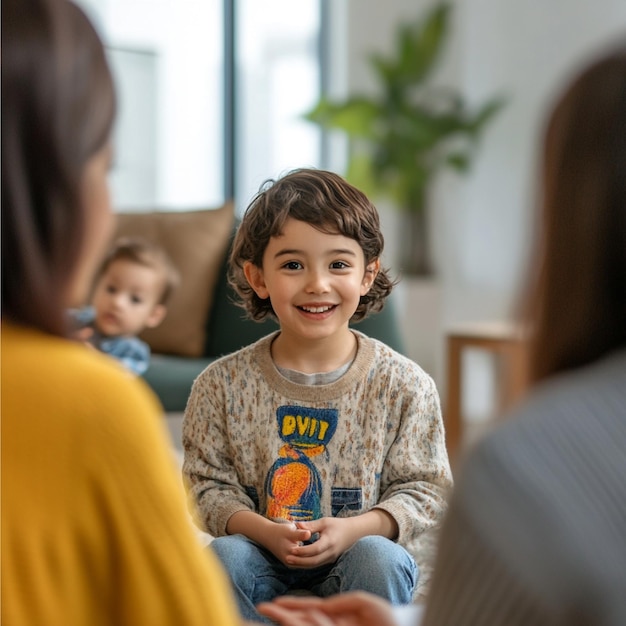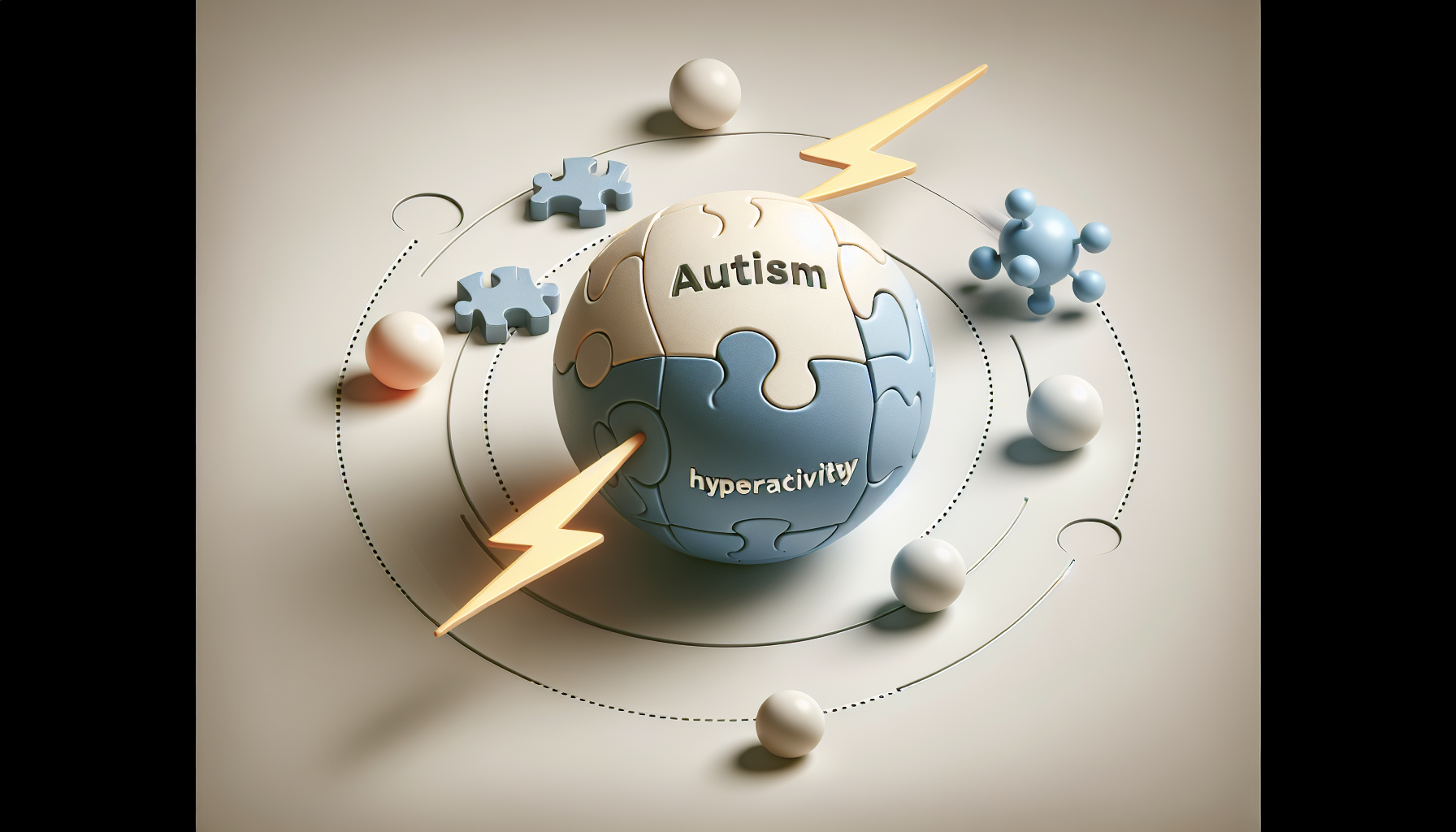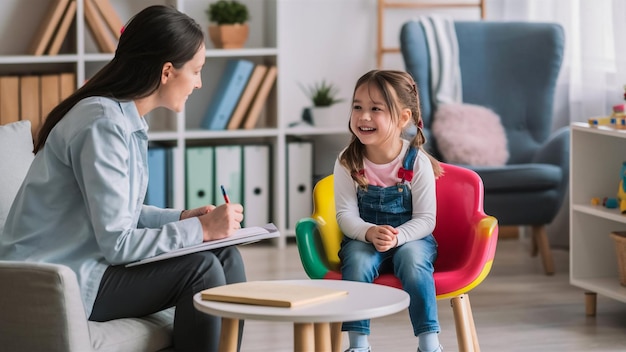Traveling with Autism: Tips for Managing Sensory Issues
With some preparation and planning, it is possible to minimize sensory overload and make the travel experience more comfortable. Here are some tips for managing sensory issues while traveling with autism.
.jpeg)
Traveling with Autism
For families traveling with a member who has autism, managing sensory issues is crucial to ensure a smooth and comfortable travel experience. Understanding the challenges that may arise and the importance of sensory considerations can greatly contribute to a successful trip.
Understanding the Challenges of Traveling with Autism
Traveling can be overwhelming for individuals with autism due to the unfamiliar environments, changes in routine, and sensory stimuli encountered during the journey. The sensory experiences associated with travel, such as crowded airports, loud noises, and unfamiliar smells, can lead to sensory overload and increased anxiety. It's important for parents and caregivers to recognize and anticipate these challenges in order to effectively support their loved one during the trip.
Importance of Sensory Considerations
Sensory considerations play a vital role in the travel experience for individuals with autism. Sensory issues can vary from person to person, but common sensitivities include noise, light, touch, and smell. By taking into account these sensory factors, parents can help create a more comfortable and manageable travel experience.
To address sensory issues while traveling, here are a few tips:
- Noise: Consider noise-canceling headphones or earplugs to reduce the impact of loud sounds, especially during air travel or crowded areas.
- Light: Sunglasses or a hat with a brim can help reduce the intensity of bright lights and glare. Additionally, carrying a small portable dimming device or using window shades in vehicles can provide control over the amount of light entering the space.
- Touch: Pack familiar and comforting items, such as a soft blanket or a favorite stuffed animal, to provide a sense of familiarity and comfort during the journey. Additionally, consider wearing comfortable clothing made from soft, non-irritating fabrics.
- Smell: Strong odors can be overwhelming for individuals with autism. Carrying a small container of a familiar scent or using scented products that the individual finds comforting can help create a more pleasant environment.
By addressing these sensory considerations and being prepared, parents can help their loved ones with autism feel more at ease and reduce anxiety during travel.
Understanding the challenges of traveling with autism and incorporating sensory considerations into the travel plans can make a significant difference in the experience for both the individual with autism and their family. With proper preparation and support, families can unlock the world of travel and create enjoyable memories together.
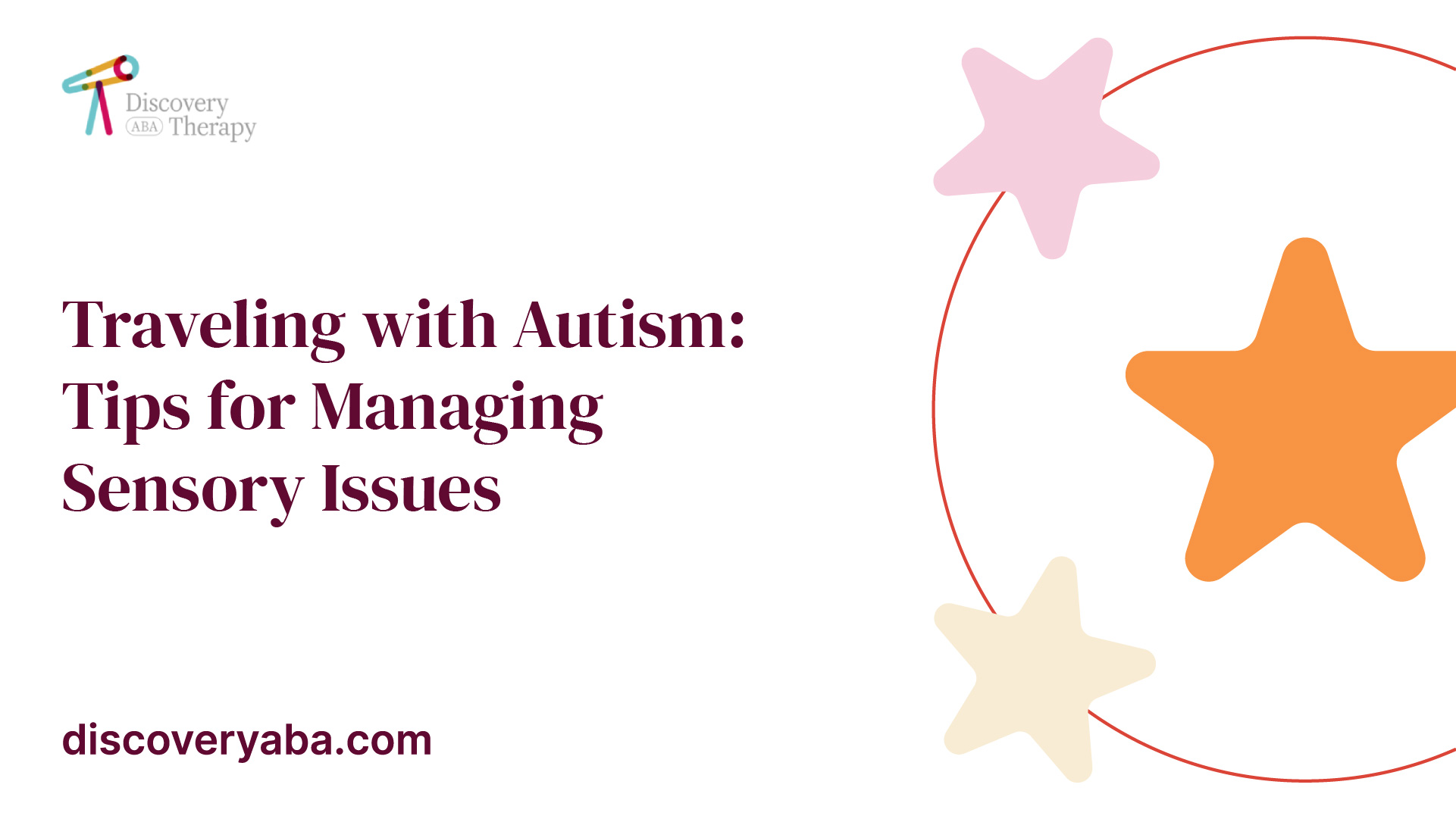
Preparing for the Trip
Before embarking on a trip with a family member on the autism spectrum, thorough preparation is key to ensuring a smooth and enjoyable experience. This section covers two essential aspects of trip preparation: researching and planning destinations, and creating a visual schedule and routine.
Researching and Planning Destinations
When traveling with a person on the autism spectrum, it's important to carefully select destinations that can accommodate their needs and preferences. Researching and planning ahead can help identify autism-friendly travel destinations that offer sensory-friendly experiences and inclusive attractions. Considerations when researching destinations may include:
- Availability of quiet and calm spaces for breaks and relaxation.
- Accessible and inclusive facilities, such as sensory-friendly museums or parks.
- Availability of specialized programs or activities tailored to individuals with autism.
- Positive reviews from other families who have traveled to the destination with individuals on the autism spectrum.
Creating a Visual Schedule and Routine
Individuals on the autism spectrum often benefit from clear structure and routine. Creating a visual schedule and routine can help reduce anxiety and provide a sense of predictability during the trip. Here are some tips for creating an effective visual schedule:
- Use visual cues: Incorporate visual symbols or pictures to represent each activity or event throughout the day. This can be done using a physical schedule board, a mobile app, or a printable visual schedule.
- Include transition times: Be sure to include transition times between activities to help individuals with autism prepare for upcoming changes. This allows them to mentally prepare for transitions and reduces stress.
- Involve the individual: Encourage the individual with autism to actively participate in creating the visual schedule. This involvement can help them feel more in control and engaged in the trip planning process.
- Keep it flexible: While a visual schedule provides structure, it's important to remain flexible and allow for adjustments as needed. Unexpected changes may arise during the trip, and having a flexible mindset can help manage any potential disruptions.
By researching and planning autism-friendly destinations and creating a visual schedule and routine, you can help ensure a more enjoyable and comfortable travel experience for individuals on the autism spectrum. Remember, every person with autism is unique, so tailor the planning to their specific needs and preferences.
Packing Essentials
When traveling with autism, it's important to pack items that will help create a familiar and comfortable environment for individuals on the spectrum. Here are two key categories of packing essentials to consider: comfort items and familiar objects, as well as sensory tools and toys.
Comfort Items and Familiar Objects
Comfort items and familiar objects provide a sense of security and familiarity for individuals with autism while traveling. These items can help reduce anxiety and provide a sense of comfort in unfamiliar surroundings. Here are some examples of comfort items and familiar objects to consider packing:
- Blankets or stuffed animals: Familiar blankets or stuffed animals can provide comfort and a sense of familiarity in new environments.
- Favorite toys or books: Bringing along favorite toys or books can help individuals with autism feel more at ease and engaged during travel.
- Ear defenders or headphones: Noise-canceling headphones or ear defenders can help individuals with autism manage sensory overload by reducing excessive noise levels.
- Weighted blankets or vests: Weighted blankets or vests can provide deep pressure stimulation, which can have a calming effect on individuals with autism. They can be especially helpful during long journeys or in unfamiliar settings.
- Personal care items: Don't forget to pack personal care items like toothbrushes, toothpaste, and other hygiene products that your loved one is accustomed to using. Maintaining familiar routines can help create a sense of stability.
Sensory Tools and Toys
Sensory tools and toys are specifically designed to provide sensory input and support individuals with autism in managing sensory challenges. These items can help individuals regulate their sensory experiences and cope with sensory overload.
Including these items in your travel bag can provide individuals with autism with familiar sensory experiences and the tools they need to self-regulate. Remember to consider the preferences and sensory needs of your loved one when selecting which items to pack.
By including comfort items, familiar objects, and sensory tools and toys in your packing list, you can help create a supportive and familiar environment for individuals with autism while traveling. These items can alleviate stress, promote relaxation, and enhance the overall travel experience.
Navigating Transportation
Traveling with autism can present unique challenges, especially when it comes to transportation. Whether you're traveling by air, car, train, or bus, it's important to be prepared and have strategies in place to help make the journey smoother for individuals with autism and their families.
Airport Tips and Strategies
Airports can be overwhelming for individuals with autism due to the crowds, noise, and sensory stimulation. Here are some tips and strategies to navigate airports more effectively:
- Plan ahead: Research the airport layout and facilities in advance. Many airports now offer sensory-friendly spaces or quiet rooms where individuals with autism can take a break.
- Notify the airline: Inform the airline about any special requirements or accommodations needed. This may include pre-boarding, seat assignments, or assistance navigating through security procedures.
- Prepare a visual schedule: Create a visual schedule that outlines the steps involved in the airport process, from check-in to boarding. This can help individuals with autism understand and anticipate what to expect.
- Use noise-canceling headphones: Noise-canceling headphones can help reduce the impact of loud noises and announcements in the airport.
- Bring comfort items: Pack comfort items such as a favorite blanket, toy, or chewable item to provide familiarity and help manage anxiety.
Car Travel Tips and Strategies
Car travel can offer a more controlled and familiar environment for individuals with autism. Here are some tips and strategies for a successful car journey:
- Plan regular breaks: Plan regular rest stops to allow for sensory breaks, stretching, and bathroom breaks.
- Use visual supports: Visual supports like a visual schedule or a map can help individuals with autism understand the route and anticipate stops.
- Bring comfort items: Pack comfort items such as a favorite pillow, blanket, or stuffed animal to create a soothing and familiar environment.
- Utilize calming techniques: Practice deep breathing exercises, listen to calming music, or engage in sensory-based activities to help manage anxiety during the journey.
Train and Bus Travel Tips and Strategies
Train and bus travel can be a convenient and accessible mode of transportation for individuals with autism. Here are some tips and strategies to enhance the train or bus travel experience:
- Research accessibility: Check if the train or bus service provides any accommodations for individuals with disabilities, such as priority seating or sensory-friendly options.
- Choose less crowded times: Consider traveling during off-peak hours to avoid large crowds and noise.
- Create a visual schedule: Use a visual schedule to help individuals with autism understand the steps involved in train or bus travel, such as boarding, stops, and disembarking.
- Provide comfort items: Bring along comfort items like noise-canceling headphones, fidget toys, or a weighted blanket to help manage sensory sensitivities.
By implementing these tips and strategies, families can make transportation more manageable and enjoyable for individuals with autism. Remember to plan ahead, create visual supports, and provide comfort items to ensure a smoother travel experience.
Accommodation Considerations
When traveling with a child or family member with autism, choosing the right accommodations is crucial for a comfortable and enjoyable trip. Taking into account the specific needs and sensitivities of individuals with autism can make a significant difference in their overall travel experience. Here are two key aspects to consider when it comes to accommodations.
Choosing Autism-Friendly Accommodations
Opting for autism-friendly accommodations can greatly enhance the travel experience for individuals with autism. These accommodations are specifically designed to cater to the unique needs and sensitivities of individuals on the autism spectrum. Some factors to consider when choosing autism-friendly accommodations include:
- Quiet and Calm Environment: Look for accommodations that prioritize a peaceful and quiet setting. Avoid locations near busy roads, nightclubs, or other sources of loud noise that may cause sensory overload.
- Structured and Predictable Environment: Seek accommodations that provide a structured and predictable environment. This can include clear signage, consistent room layouts, and minimal changes to the surrounding environment.
- Sensory Considerations: Consider accommodations that take into account sensory sensitivities. This can include features such as blackout curtains, soundproofing, and the availability of sensory-friendly rooms.
- Staff Training: Inquire about staff training and their familiarity with autism. A well-trained and understanding staff can make a significant difference in providing a supportive and accommodating environment.
Requesting Special Accommodations
When booking accommodations, it is important to communicate your specific needs and requirements to ensure a successful stay. Many accommodations are willing to provide special accommodations upon request. Here are some common requests to consider:
- Quiet Room: Request a room in a quiet area of the hotel, away from elevators, ice machines, or other potential sources of noise.
- Specific Room Type: If your child has preferences for certain room layouts or features, such as ground floor rooms or rooms with a bathtub, make sure to specify these requests during the booking process.
- Early Check-In or Late Check-Out: Arranging an early check-in or late check-out can help provide a smoother transition and allow for a more relaxed travel experience.
- Special Dietary Needs: If your child has specific dietary requirements, communicate these needs to the accommodations to ensure they can accommodate any food allergies or restrictions.
Remember, it's important to make these requests in advance to ensure availability and to give the accommodations ample time to prepare. By choosing autism-friendly accommodations and requesting special accommodations when necessary, you can create a more supportive and comfortable environment for your family during your travels.
Exploring the Destination
When traveling with someone on the autism spectrum, it's important to consider the sensory needs and preferences of the individual. Exploring the destination in a way that accommodates these sensory needs can greatly enhance the travel experience. Here, we will discuss two essential aspects: sensory-friendly attractions and activities, and managing sensory overload.
Sensory-Friendly Attractions and Activities
Finding sensory-friendly attractions and activities can make a significant difference in the enjoyment of the trip for individuals with autism. Many destinations now offer sensory-friendly options that cater to the unique needs of individuals on the spectrum. These attractions often have features such as reduced noise levels, dimmed lighting, and limited crowds to create a more calming and inclusive environment.
When planning your trip, research autism-friendly travel destinations and look for attractions that provide sensory-friendly experiences. This could include museums with designated quiet spaces, theme parks with sensory-friendly hours, or nature reserves offering guided sensory tours. These options can help individuals with autism feel more comfortable and engaged during their visit.
Managing Sensory Overload
While exploring a new destination, it's crucial to be prepared for potential sensory overload situations. Sensory overload can occur when an individual is overwhelmed by excessive sensory stimulation, leading to feelings of stress and anxiety. To manage and minimize sensory overload during your trip, consider the following strategies:
- Plan breaks: Schedule regular breaks in quiet and calm environments to provide downtime and allow for sensory regulation.
- Use sensory tools: Carry sensory tools such as noise-canceling headphones, sunglasses, or fidget toys to help manage sensory input.
- Seek sensory-friendly experiences: Choose activities that align with the individual's sensory preferences. For example, if crowded places are overwhelming, opt for quieter attractions or outdoor spaces.
- Prepare for transitions: Transitions from one location to another can be challenging for individuals with autism. Use visual schedules and social stories to prepare them for upcoming changes in the itinerary.
Remember, each individual with autism is unique, so it's essential to understand their specific sensory needs and preferences. By focusing on sensory-friendly attractions and employing strategies to manage sensory overload, you can create a more enjoyable and inclusive travel experience for everyone involved.
In the next section, we will discuss the importance of effective communication and safety measures when traveling with someone on the autism spectrum.
Communication and Safety
When traveling with autism, effective communication and prioritizing safety are essential. Here are some tips to ensure smooth communication and enhance safety during your trip.
Carrying Important Documents and Identification
It's crucial to carry all necessary documents and identification for the individual with autism. These documents may include:
- Identification cards: Carry identification cards that include the individual's name, contact information, and any relevant medical information. This can be helpful in case of emergencies or if the individual gets separated from their group.
- Medical documents: Keep a copy of medical documents, such as diagnoses, prescriptions, and allergies, easily accessible. This information can be useful in case of medical emergencies or when seeking appropriate care.
- Travel insurance information: Ensure you have travel insurance that covers any medical emergencies or unexpected situations. Keep a copy of the insurance information readily available.
- Emergency contacts: Have a list of emergency contact numbers, both local and back home, in case you need assistance during your trip.
Having these documents and identification readily available can help streamline communication with travel staff, authorities, and medical professionals if the need arises.
Communicating with Travel Staff and Authorities
Effective communication with travel staff and authorities can help ensure a more comfortable experience. Consider the following tips:
- Inform in advance: If you anticipate specific challenges or require special accommodations, inform the travel provider or airline in advance. This allows them to make necessary arrangements and better assist you during your journey.
- Use visual supports: Visual supports, such as social stories or visual schedules, can help individuals with autism understand and navigate the travel process. These tools can aid in communicating expectations and reducing anxiety.
- Ask for assistance: Don't hesitate to ask for assistance from travel staff when needed. They are often trained to handle diverse situations and can provide guidance or support during check-in, security screenings, and boarding.
- Utilize communication apps: Consider using communication apps or devices that facilitate communication between individuals with autism and travel staff. These apps can help bridge communication gaps and ensure the individual's needs are understood.
Emergency Preparedness
Being prepared for emergencies is crucial when traveling with autism. Consider the following tips:
- Create an emergency plan: Develop an emergency plan that includes specific steps to follow in different scenarios. Share this plan with all members of your travel group and ensure everyone is familiar with the procedures.
- Identify safe spaces: Identify safe spaces or quiet areas in your travel destinations where the individual with autism can retreat if they become overwhelmed. These spaces can provide a calm environment to regroup and manage sensory overload.
- Carry essential supplies: Keep a travel bag with essential supplies, such as medications, comfort items, snacks, and sensory tools, readily available. This ensures immediate access to necessary items during emergencies or challenging situations.
- Know local emergency services: Familiarize yourself with the local emergency contact numbers and services available at your travel destination. This knowledge can be critical in accessing help swiftly if required.
By considering communication strategies, carrying important documents, and being prepared for emergencies, you can enhance safety and ensure effective communication during your trip.
Returning Home
After a memorable trip, it's important for families traveling with autism to reflect on the experience and transition back to their daily routines. The return home can be a period of adjustment for both individuals with autism and their families. Here are two crucial aspects to consider during this phase:
Reflecting on the Trip
Take time to reflect on the trip and the overall experience. Discuss the highlights, challenges, and lessons learned during your travels. This reflection can help you gain insights into what worked well and what can be improved for future trips. Encourage open communication with your family members, allowing everyone to share their thoughts and emotions about the journey. Reflecting on the trip can also serve as an opportunity to reinforce positive experiences and memories.
Transitioning Back to Routine
Returning home often involves transitioning back to familiar routines and daily life. Individuals with autism may have a strong need for structure and predictability, making the return to routine essential for their well-being. To ease this transition, gradually reintroduce daily schedules, activities, and expectations. Use visual aids, such as visual schedules or social stories, to help individuals with autism understand the upcoming routine changes and reduce anxiety.
During this phase, it's important to maintain open lines of communication with professionals who support individuals with autism, such as therapists or educators. They can provide guidance and strategies to facilitate a smoother transition back to routine. Additionally, consider reaching out to local support groups or online communities for families traveling with autism. Connecting with others who have similar experiences can provide valuable insights and emotional support.
Remember, every individual with autism is unique, and the transition back to routine may vary. Be patient and flexible, allowing for individual needs and preferences. Celebrate the achievements and progress made during the trip, and use the experience as a foundation for future travels.
Sources
- https://www.jcfs.org/blog/come-fly-me-travel-tips-children-autism
- https://behavioral-innovations.com/sensory-overload-airplanes-children-with-autism/
- https://childmind.org/article/tips-for-going-places-with-sensory-challenged-kids/
- https://www.childneurotx.com/2023/05/18/travel-tips-for-children-with-autism/
Find More Articles
Contact us
North Carolina, Tennessee, Nevada, New Jersey, Utah, Virginia
New Hampshire, Maine
Massachusetts, Indiana, Arizona, Georgia
.avif)



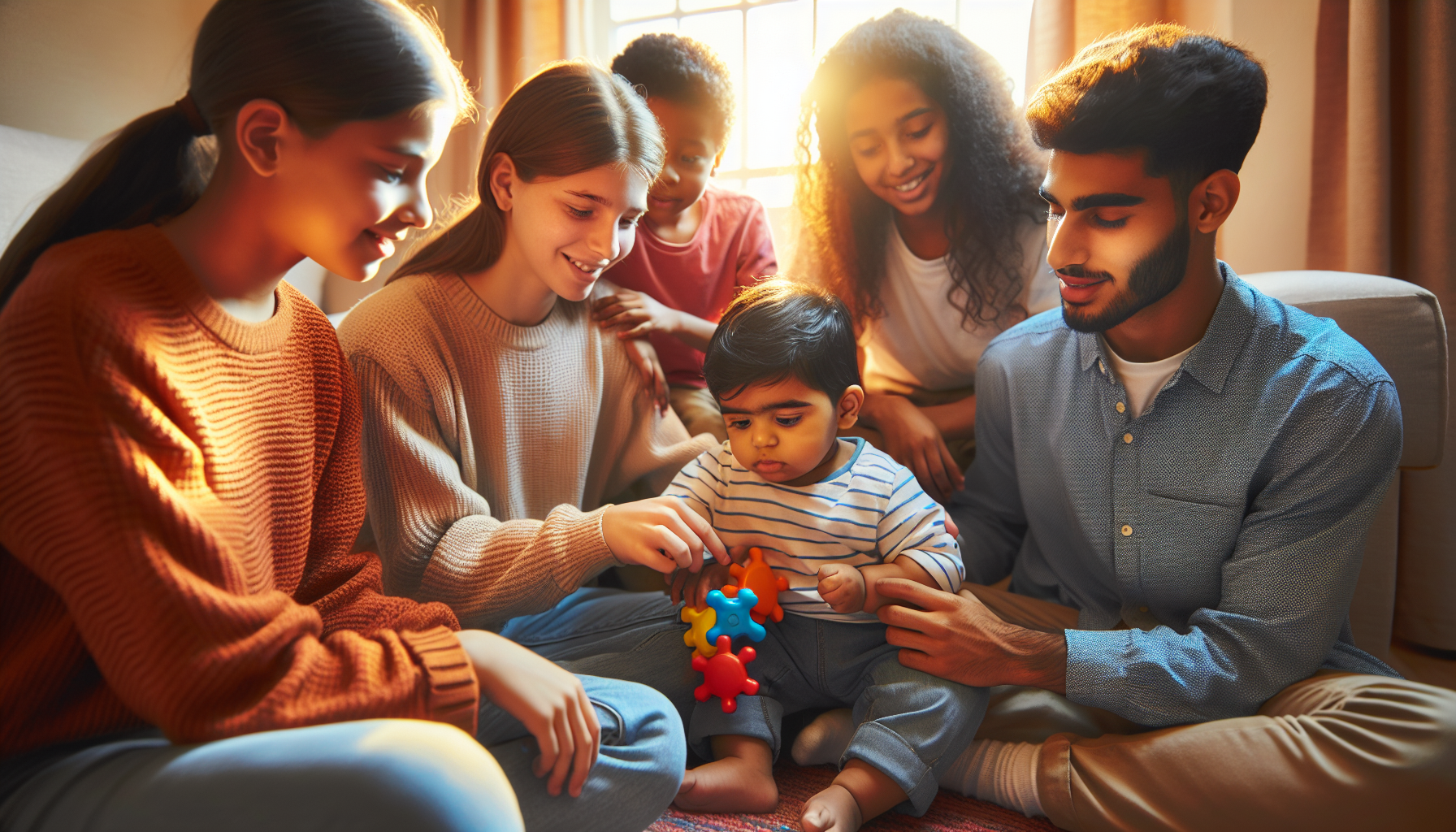
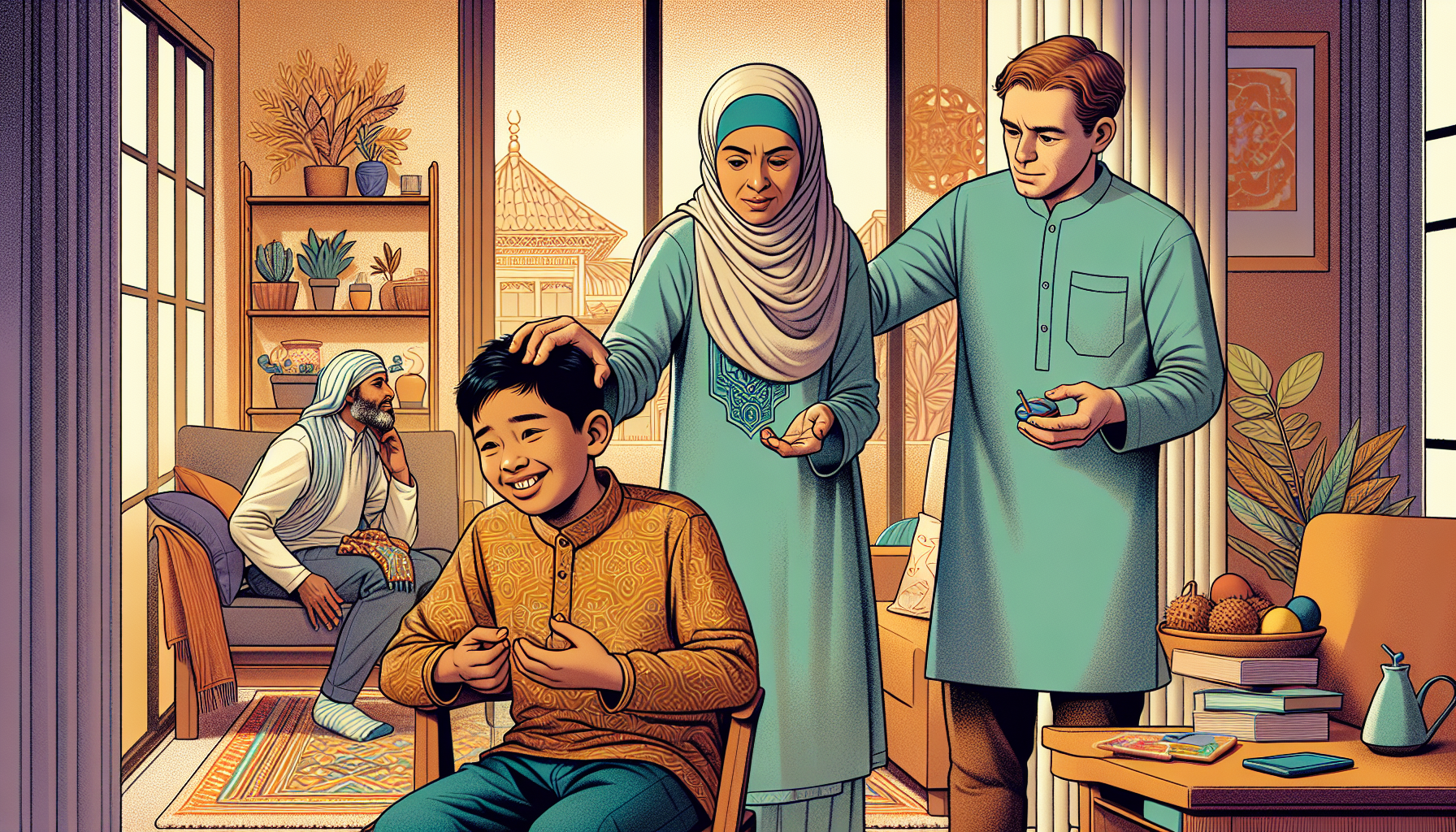
.jpg)






